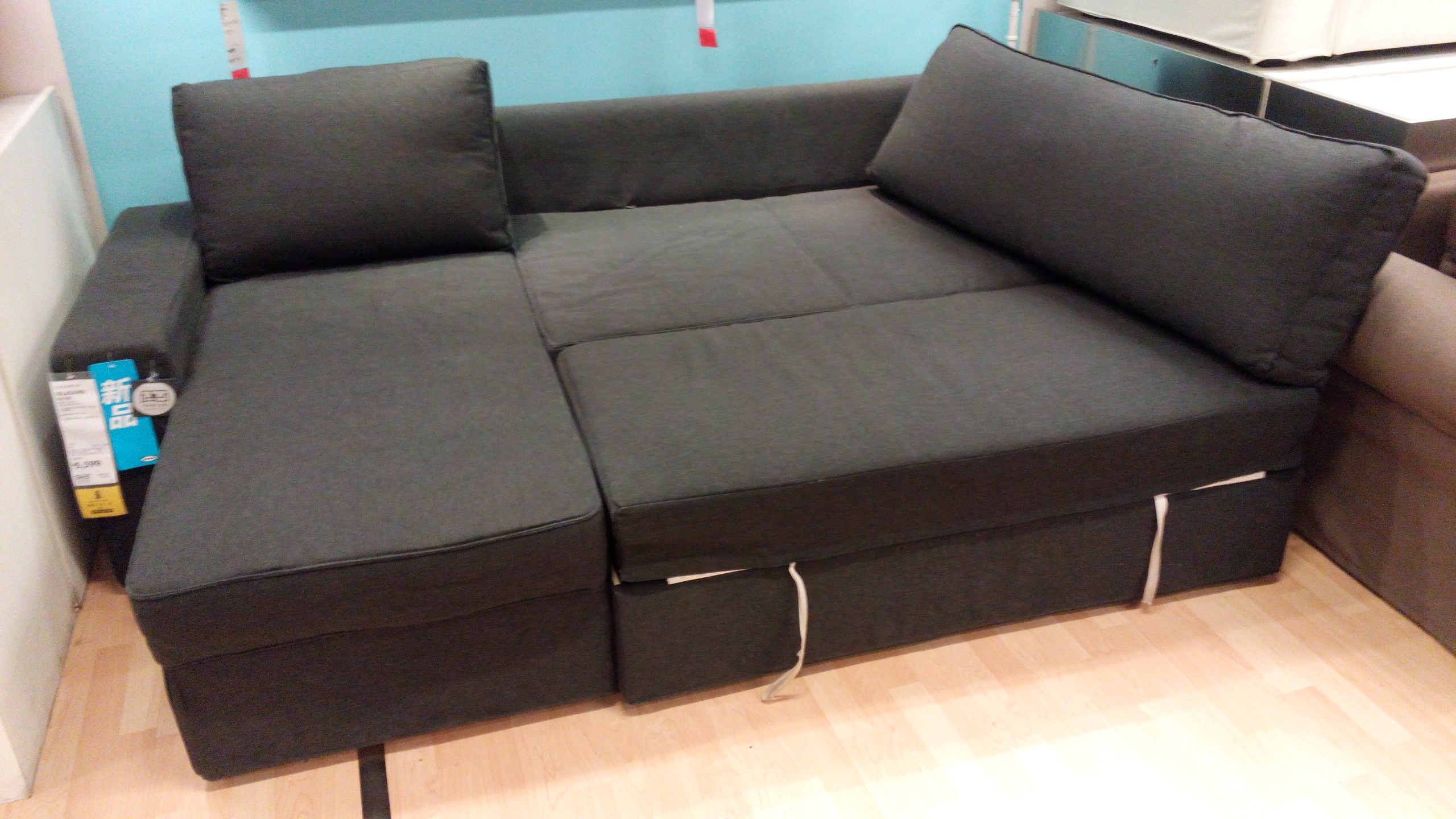A dry kitchen is a kitchen where there is no water setup. The main difference between a dry kitchen and a traditional kitchen lies in the countertop area. Traditional kitchens often include a sink and a dishwasher, while in a dry kitchen there is no sink and instead, countertops are used for general purposes. This type of kitchen design is most commonly used for smaller apartments and homes, where space is limited. If you are looking to create a dry kitchen design, there are some guidelines to consider in order to get the most out of your space. Commonly found in apartments and homes with limited space, these top 10 dry kitchen design guidelines will help make sure that your dry kitchen design is both stylish and useful. 1. Make sure to maximize storage space. Find ways to incorporate plenty of shelving to store ingredients, plates, and utensils. 2. Choose countertops that will not easily stain or chip, like quartz or granite. 3. Include overhead lighting for visibility in tackling common tasks. 4. Assemble kitchen cabinets appropriately and securely. 5. Choose an appropriate cooktop to fit the size of your kitchen. 6. Hang a pot rack off the ceiling to save counter space while also adding an aesthetic boost. 7. Decide whether to go for an open concept or a traditional closed kitchen design. 8. Utilize wall folders and other vertical storage space. 9.Integrate a pullout pantry and nesting cabinets if desired. 10. In lieu of a sink, include a drainboard to drain and rinse dishes. Top 10 Dry Kitchen Design Guidelines
A dry kitchen needs to be just as functional as a traditional kitchen in order to be a comfortable space for families to gather within. The following tips can help make a dry kitchen more suitable for daily use. 1. Look for an oven with multiple features that also fits the limited space. 2. Make sure to provide enough seating area, even if that means opting for smaller, more space-efficient seating. 3. Hang a magnetic knife strip on the wall for safe and convenient storage of cooking knives. 4. Install a range hood to help reduce the buildup of grease and steam in the kitchen. 5. Invest in compact dish racks to dry dishes while conserving countertop space. 6. Choose appropriate flooring that is easy to maintain and clean. 7. Utilize cabinet racks and door organizers for storing spices and other kitchen staples. 8. Incorporate free-standing power and USB outlets into the kitchen design to accommodate for smartphones and other gadgets. Tips for Making a Dry Kitchen Functional
Having a dry kitchen doesn’t mean that you are limited when it comes to layout. Utilizing the following 8 ideas for dry kitchen layouts can make spaces more practical and attractive. 1. L-shaped. An optimal layout for dry kitchens where two adjacent walls are available. 2. U-Shaped. Perfect for larger kitchens, this layout features four distinct work-zones around the kitchen. 3. Island. An island kitchen is ideal for more spacious dry kitchens where an additional work surface is desired. 4. Peninsula. Peninsula kitchens extend the U-shaped layout to include an island-style countertop. 5. Straight. This type of layout features a single cabinet wall and allows for uninterrupted free space flow. 6. Galley. This layout is best for narrow and long kitchen designs where two walls are available. 7. Corridor. This layout is similar to the galley kitchen but is suited for larger spaces. 8. Single wall. This layout is ideal for small and medium-size kitchen designs, taking up a single wall. 8 Ideas for Dry Kitchen Layouts
Having subtle yet effective kitchen appliances is essential for dry kitchen designs. To help you find the perfect dry kitchen appliances, this ultimate guide can point you in the right direction. 1. Rationale. Choose an effective kitchen appliance set based on the available counter space, budget, and kitchen layout. 2. Cooktops. Include a cooktop that takes into account your cooking style and works with the counter size. 3. Oven. Select an oven size and type that is suitable for your lifestyle and efficiency needs. 4. Range hood. Dependent on location and layout, choose a range hood model that fits into your dry kitchen design. 5. Refrigerators. Choose refrigerators based on how much food storage is necessary and the space available in the kitchen. 6. Dishwasher. If space allows, include a dishwasher designed to fit the cabinet and counter space. 7. Microwave. Invest in a microwave to assist with daily food preparation if desired. 8. Pantry. Install a stand-alone or slide-out pantry system to organize and store kitchen ingredients. The Ultimate Guide to Dry Kitchen Appliances
In a dry kitchen, storage space is key in order to create an adequate work zone. The following 5 best practices are essential when creating efficient storage solutions for a dry kitchen. 1. Install a kitchenware rack above the countertop. This is an effective way to free up countertop space and maximize storage. 2. Hang a kitchen utensil rack. Combining functionality and a decorative element, utensil racks are perfect for displaying cutlery, mugs, and other kitchen items. 3. Use a glass-block wall to save precious counter space. These walls are perfect for providing some extra storage with a unique and eye-catching design. 4. Install extra tall cabinets for storage. These offer more room for storing kitchen staples and kitchen equipment. 5. Utilize drawers for storing small items. They can be customized to include dividers and conversions for accessible organization. 5 Best Practices for Dry Kitchen Storage
Outfitting a dry kitchen doesn't have to be a dull and plain task. The following comprehensive guide will showcase ways to make a dry kitchen look lively, decorative, and inviting. 1. Paint the walls a bright color of your choice. Lighter shades of blue, green and yellow can give a kitchen a subtle contemporary feel. 2. Include personal touches by displaying kitchenware and other decorative items. 3. Choose bright curtains to bring in natural light. Neutral-colored floor rugs and hanging pot racks can also help set the decor. 4. Browse for affordable artwork. Hang artwork above the kitchen sink or onion cutting board to add an interesting texture. 5. Invest in a couple of study chairs. A brightly colored chair and a simple, patterned chair can bring a unique visual effect to a dry kitchen. 6. Place a few pendant lighting fixtures. This can make subtle lighting effects and can be used to bring attention to different decor elements. 7. Place decorative kitchenware on shelves and countertops. Add plants, copper containers, and a few pieces of sculptural furniture for an element of surprise and design flair. A Comprehensive Guide to Dry Kitchen Decor
Including appropriate lighting in a dry kitchen is key in making the space more practical and user-friendly. These benefits of dry kitchen lighting are essential for realizing the full potential of a dry kitchen. 1. Focus lights. Include task-oriented lights for areas of specific use such as countertops and islands. 2. Ambient lights. Utilize ambient lights to create a radiant glow to the kitchen. 3. Accent lights. Install accent lights to bring attention to particular elements, such as artwork or a backsplash. 4. Ensure that there is adequate lighting in high-traffic or work areas. 5. Place pot lights in the corner of high ceilings for extra concentrated lighting. 6. Utilize hanging kitchen lights to bring attention to specific areas or tasks. 7. Add a dimmer switch to create a cozy atmosphere. The Benefits of Dry Kitchen Lighting
Conserving resources in a dry kitchen is essential in helping to create a more sustainable cooking environment. From eco-friendly countertops to energy efficient cooktops, these 4 ideas can help make a dry kitchen more sustainable. 1. Invest in energy efficient kitchen appliances. Choose appliances with ENERGY STAR certification and other eco-friendly features. 2. Utilize durable countertops made of sustainable materials such as bamboo, quartz, and recycled glass. 3. Use LED lighting instead of traditional bulbs. LEDs are more energy efficient and long-lasting. 4. Replace wood cabinets with eco-conscious alternatives such as bamboo. Bamboo cabinets are more sustainable and just as durable as wood cabinets. 4 Ideas for a More Sustainable Dry Kitchen
Remodeling a dry kitchen is a great opportunity to create a more spacious and attractive space. The following points should be taken into consideration prior to starting a dry kitchen remodel. 1. Budget. Establish a budget for your desired changes. 2. Functionality. Reconfigure existing storage, bins, and plugs in order to make them more functional and accessible. 3. Countertops. Invest in countertops that are well-insulated, durable, and easy to clean. 4.Storage. Maximize storage possibilities by utilizing drawers, full-height cabinets, and cupboard organizers. 5. Ventilation. When replacing an old hood, make sure that your new hood is powerful enough to ventilation needs. 6. Lighting. Consider placing new optics, task lights, and dimmable lighting elements. 7. Kitchen materials. Choose materials that are appropriate for the kitchen size and budget. What to Consider for a Dry Kitchen Remodel
Countertops are a crucial element in dry kitchen designs. The following tips can help to choose the right countertop and make sure that the dry kitchen design looks optimal. 1. Consider the wear and tear resistance of the countertop. Choose a countertop with strong durability and stain-resistant properties. 2. Select countertops that fit the kitchen’s size and layout. 3. Invest in countertops that are easy to clean. 4. Consider the design of the countertops. Opt for kitchen countertops that will fit in with the general design theme. 5. Think about the cost of the countertops. Decide on a countertop that fits the budget and needs. Choosing the Right Dry Kitchen Countertops
Creating an optimal dry kitchen design requires thoughtful consideration of the space available and the desired outcome. Following these steps can help to create an attractive and functional dry kitchen design. 1. Establish a plan for the dry kitchen design. Take measurements and plan out the layout of the kitchen. 2. Choose materials, appliances, and finishes that can fit into the available space. 3. Incorporate thoughtful storage solutions. Utilize drawers, cupboards, and shelves to provide efficient storage space. 4. Add a kitchen island. If the space allows for it, a kitchen island can provide extra space for work and storage. 5. Utilize lofty countertops. Maximize the height of the countertops to increase efficiency and storage. 6. Install powerful ventilation systems. Select cooktops and range hoods with aspects such as low-noise and effectiveness in mind. 7. Include adequate lighting. Opt for additional task lighting fixtures and leverage bright external light sources. How to Create an Optimal Dry Kitchen Design
Achieve a Clean Space with the Dry Kitchen Design
 A dry kitchen is a friendly and efficient alternative to the traditional kitchen style. By refraining from including appliances and plumbing fixtures, such as a sink, you can create a more open, clutter-free space. With an emphasis on organization, this open layout has become increasingly popular for both modern and minimalistic designs.
A dry kitchen is a friendly and efficient alternative to the traditional kitchen style. By refraining from including appliances and plumbing fixtures, such as a sink, you can create a more open, clutter-free space. With an emphasis on organization, this open layout has become increasingly popular for both modern and minimalistic designs.
Create a Modern Aesthetic
 Whether you have a small kitchen or a spacious one, the
dry kitchen design
amplifies the feel of a large, airy environment. This aesthetically pleasing look is easy to maintain and clean as there is less clutter to sort through. The sleek and non-intrusive design of the dry kitchen style allows for flexibility and simplicity. Once you have the layout perfected, you can begin mixing and matching décor that complements the existing kitchen designs.
Whether you have a small kitchen or a spacious one, the
dry kitchen design
amplifies the feel of a large, airy environment. This aesthetically pleasing look is easy to maintain and clean as there is less clutter to sort through. The sleek and non-intrusive design of the dry kitchen style allows for flexibility and simplicity. Once you have the layout perfected, you can begin mixing and matching décor that complements the existing kitchen designs.
Optimize with Decorative Organization
 When designing a dry kitchen, consider using decorative elements and labels to achieve an uncluttered feel. You can integrate shelves and canisters to keep all of your main kitchen supplies within reach. Open specimen jars are especially good for herbs and spices that you use when cooking, as they both keep their scent and add a nice decorative touch. Labeling drawers and containers to organize your kitchen utensils, such as wooden spoons and spatulas, can add an extra layer of neatness to your kitchen without compromising the openness of the design.
When designing a dry kitchen, consider using decorative elements and labels to achieve an uncluttered feel. You can integrate shelves and canisters to keep all of your main kitchen supplies within reach. Open specimen jars are especially good for herbs and spices that you use when cooking, as they both keep their scent and add a nice decorative touch. Labeling drawers and containers to organize your kitchen utensils, such as wooden spoons and spatulas, can add an extra layer of neatness to your kitchen without compromising the openness of the design.
Be Creative with Color Palettes
 While a dry kitchen design does not promote colored appliances, that doesn’t mean you can’t have fun with accent colors. Depending on the style you’re going for, a pop of color here and there can bring together the elements of the kitchen. Color-blocking techniques, such as combining warm and cool neutrals, can create a modern, cohesive feel to your kitchen. Pale neutrals, such as light pinks and blues, are also a great way to achieve a cozy, aesthetic appeal that’s favorable for all viewers.
While a dry kitchen design does not promote colored appliances, that doesn’t mean you can’t have fun with accent colors. Depending on the style you’re going for, a pop of color here and there can bring together the elements of the kitchen. Color-blocking techniques, such as combining warm and cool neutrals, can create a modern, cohesive feel to your kitchen. Pale neutrals, such as light pinks and blues, are also a great way to achieve a cozy, aesthetic appeal that’s favorable for all viewers.









































































